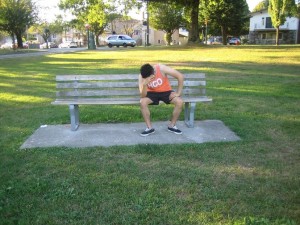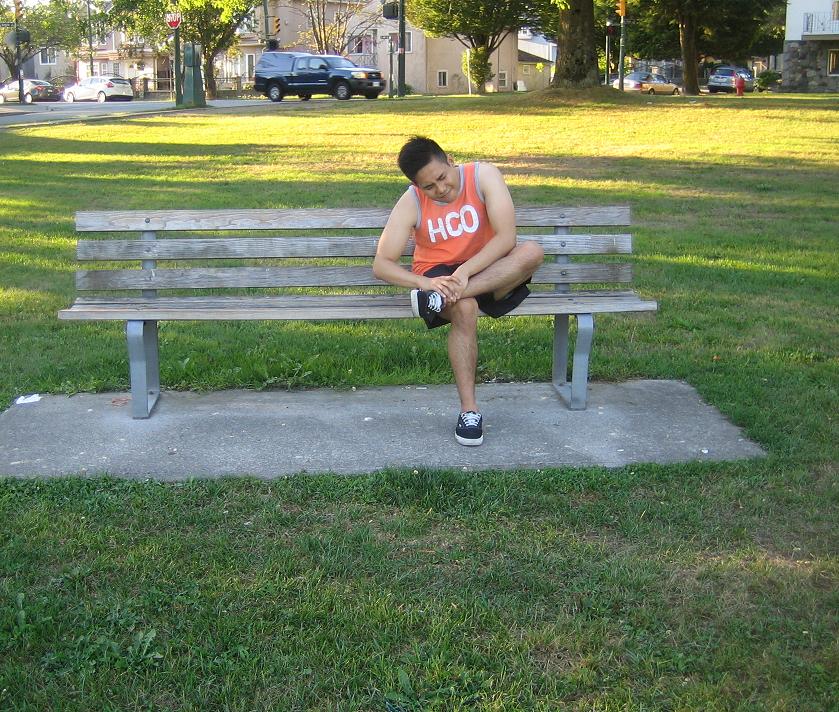A torn ankle ligament is also called a sprain. Generally, ligaments are connective tissue that attaches bones and joints together. They can be twisted, over extended and stretched beyond the normal range and result to a torn ligament. A torn ligament that is not properly treated can result to arthritis.
Risk factors
- Having a poor balance
- Previous or existing injury in the ankle especially not adequately rehabilitated
- Lack of strength and stability
- Increasing age
- Severe flexibility in the joint of the ankle
- Sudden changes in direction or acceleration or deceleration
- https://en.wikipedia.org/wiki/Ligament
Symptoms of torn ligament in the ankle
- Pain
- Bleeding which result swelling of the ankle and feels tender when touched
- Wide area of bruising
- Difficulty with movement or placing weight on the affected area.
- The ankle feels unstable, and pain when standing
Treatment

- Take plenty of rest especially the affected ankle until swelling subsides. Avoid walking as much as possible for fast healing of the area.
- Use the prescribed crutches to support the area, distribute the weight of the body and maintain balance while moving around. Another alternative is using ankle brace for at least 2-6 weeks for stability of the area and lessen the swelling while healing
- Cover the ankle using a wet towel and place plastic bag filled with crushed ice over it for at least 15-20 minutes every 2-3 hours to lessen the swelling and the bruising on the first 24 hours after the injury.
- Compress the ankle using an elastic bandage or an elastic brace. Wrap the bandage around the foot and the ankle and the secure it using a medical tape. Compression lessens the swelling and the pain. Avoid wrapping it too tight to prevent problems with circulations. If the toes become cold, numb and blue, loosen the wrap.
- Elevate the affected area above the level of the heart to lessen the swelling and the bruising. Raise the foot in couple of pillows to keep it elevated for at least 2-3 hours every day until swelling disappears.
- Take the prescribed over-the-counter medications to lessen the inflammation and the pain.
- Perform rehabilitation exercises with the help of the physical therapist for flexibility, stretching, balance and strengthening exercises for the affected ankle and restore the range of movement of the area.
Tips
- Perform exercises regularly that strengthen and stretch the calf muscles before and after an activity.
- Avoid wearing platform soles and high heels.
- Take adequate recovery time between training or workout sessions
Disclaimer / More Information
The material posted on this page on a torn ankle ligament is for learning purposes only. Learn to recognize the signs and how it is managed by taking a first aid and CPR class with one of our training providers.
FACT CHECK
https://physioworks.com.au/injuries-conditions-1/sprained-ankle
https://orthoinfo.aaos.org/en/diseases–conditions/sprained-ankle/
https://www.webmd.com/fitness-exercise/guide/ankle-injuries-causes-and-treatments#1

